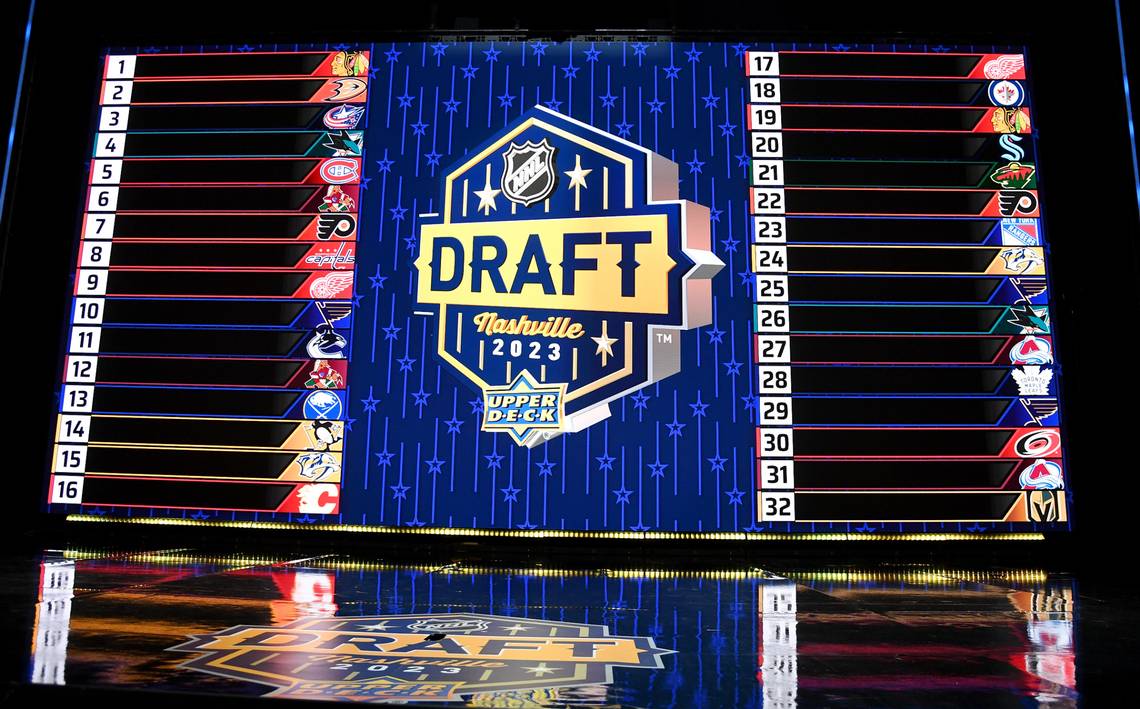Remember the 2025 NHL Entry Draft? For those who watched or followed, it felt different. Instead of the usual crowded arena filled with hopeful prospects and bustling team personnel, the primary scene shifted. Prospects gathered in Los Angeles for the broadcast spotlight, but team executives, scouting staffs, and management largely remained in their home markets, conducting their vital business remotely.
This decentralized approach was a significant departure for a league long accustomed to bringing everyone under one roof for its annual talent selection marathon. The question on many minds was immediate: Was this just a temporary measure, or a glimpse into the future of how the NHL will conduct its draft?
According to NHL Deputy Commissioner Bill Daly, the early returns suggest the latter might be true. Speaking recently, Daly indicated that the feedback from the league`s member clubs has been notably supportive of the decentralized format tested in 2025.
Polling conducted by the league in the aftermath of the recent draft reveals a continued preference among teams for the remote setup. The reasons cited by clubs center primarily on efficiency and creating a more conducive environment for making crucial decisions that shape their franchise`s trajectory.
“A lot of the issues seem to be having efficient access to your hockey operations personnel in kind of a quiet, businesslike setting,” Daly explained. Unlike the hubbub of a central draft floor, being in their own facilities allows teams to operate with fewer distractions, facilitating focused discussions and analysis during the time-sensitive process of selecting players.
Furthermore, the logistical advantages appear significant. Navigating travel, accommodations, and the general chaos of a large, centralized event adds complexity to an already demanding period. The end of the NHL season is packed, transitioning quickly from playoff conclusions to awards ceremonies, the draft, and then the frenetic start of free agency. Avoiding travel to a single location offers a welcome measure of efficiency for busy management teams.
What might surprise some observers is the origin of this shift. While it might have seemed like a league initiative, Daly clarified that the push for a decentralized draft actually came from the clubs themselves. A straw poll conducted prior to the 2025 decision revealed overwhelming support among teams for moving away from the traditional centralized model. Daly admitted that he and Commissioner Gary Bettman were “very surprised” by the results of that initial vote, underscoring the strong preference already present within the team ranks.
In adopting this format, the NHL is, ironically, catching up to other major professional sports leagues like the NBA and NFL, which have successfully conducted decentralized drafts for years. The NHL was something of an outlier in its insistence on the single-location spectacle.
The 2025 execution wasn`t without its minor hitches. The first round, for example, stretched beyond four hours, leading to some commentary on the broadcast pacing. However, Daly views this as a solvable issue. He believes that with some adjustments to the production elements, the timing of future decentralized drafts can be easily optimized.
As the league continues to gather and process the post-draft feedback, the decision for the 2026 draft format looms. But the sentiment from Deputy Commissioner Daly is clear: the core reasons that led to the decentralized trial in 2025 have been reinforced by the positive reception from the clubs. All signs currently point towards this more business-focused, team-centric approach potentially becoming the new standard for how the NHL welcomes its future stars.

